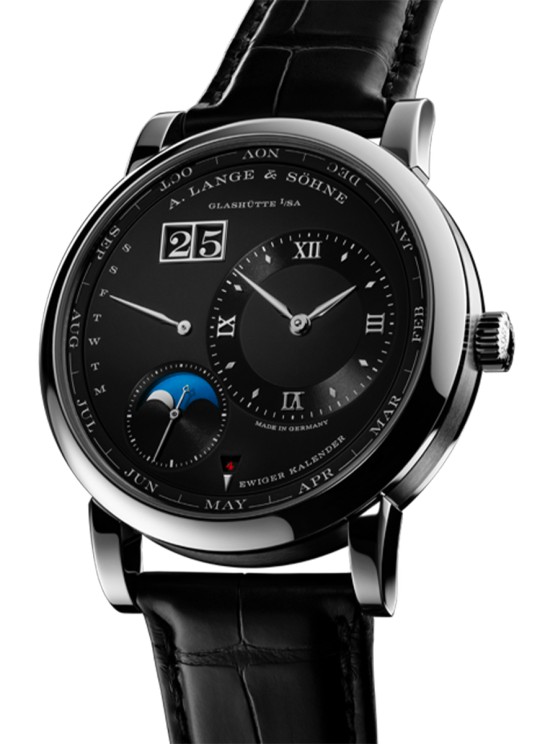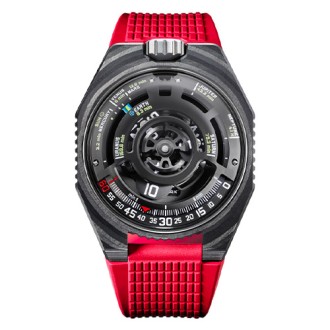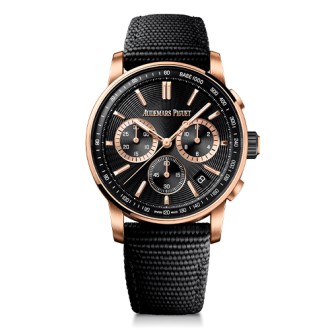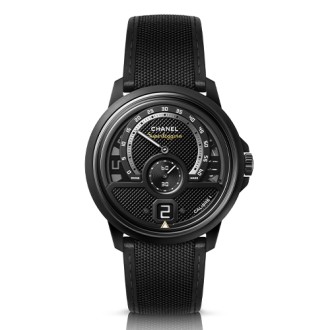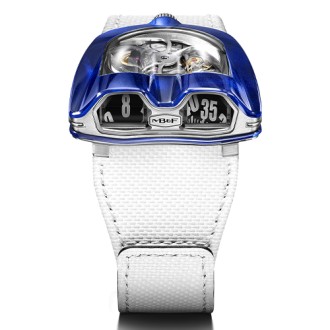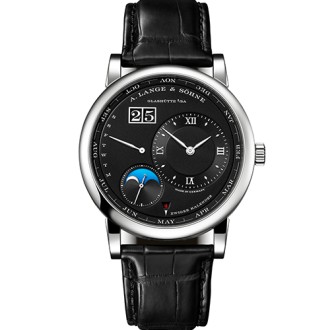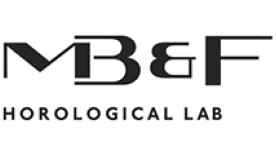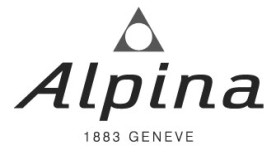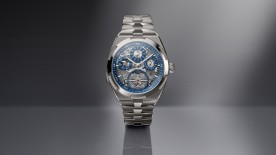Fluidic
This is not just a fluidic display – it’s a genuine fluid-based technology, inspired by the water clocks of the pharaohs. Two reservoirs located at 6 o’clock each contain a different fluid: the first is coloured, the second is colourless. Most importantly, they are immiscible. Each reservoir compresses or expands to release or absorb its fluid inside a glass capillary that runs around the outside of the dial, with a 0 to 12 scale for the hours. The minutes are displayed centrally.
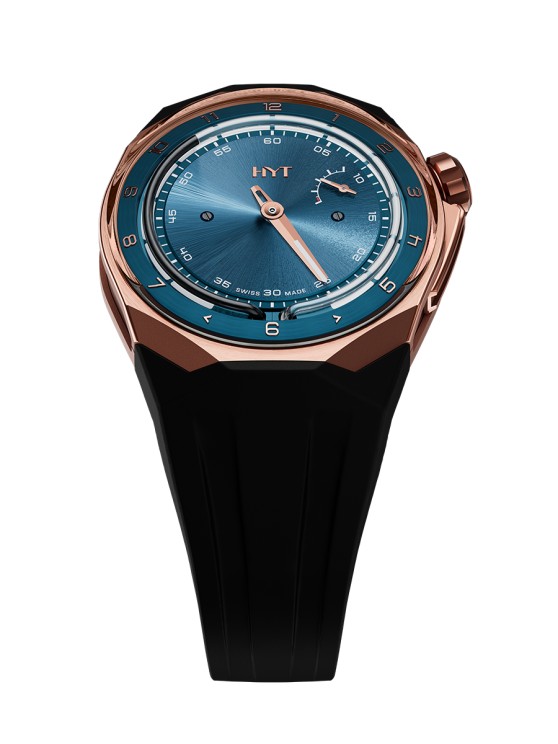
Satellite
Like all Urwerk watches, this innovative timepiece has a strong identity. It displays hours and minutes without the use of hands – instead, satellites move along a graduated arc. The first carries the hours, seconds and minutes. When an hour satellite has completed its 60 minutes, the next one, carrying the subsequent hour, appears in front of the 0 minute index. It’s a futuristic take on a concept borrowed from a 17th-century clock.

Central
The most conventional way to display time on a watch dial is with hour and minute hands mounted on a central axis. This simple architecture can be enhanced with a running second hand, or sometimes a complication, as is the case here with the addition of a chronograph function with central chronograph hand. This shouldn’t be confused with a central seconds hand – on a chronograph, the seconds are displayed on subdial, generally located at six o’clock.

Retrograde
Against a white gold dial, hand-engraved with a map inspired by the work of geographer Gerhard Mercator, the hours and minutes are indicated by two special retrograde hands that move along an axis at 12 o’clock. They travel over two scales – from 0 to 12 for the hours and 0 to 60 for the minutes. Once they reach the end of their journey (12 for the hours and 60 for the minutes) they instantly return to their starting point, i.e. zero.
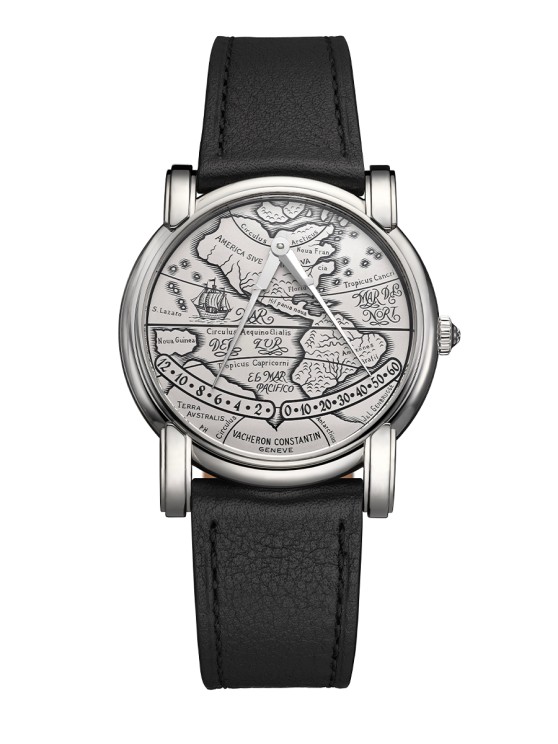
Jumping
This full black version of the Monsieur watch, with its black Clous de Paris dial, completely blurs the lines in terms of displaying the passage of time. The hours are read from an Arabic numeral housed in a window at 6 o’clock, which jumps instantaneously every 60 minutes – hence, “jumping” hours. The minutes are read via a retrograde hand, and the seconds via a miniature counter located in the centre of the dial.
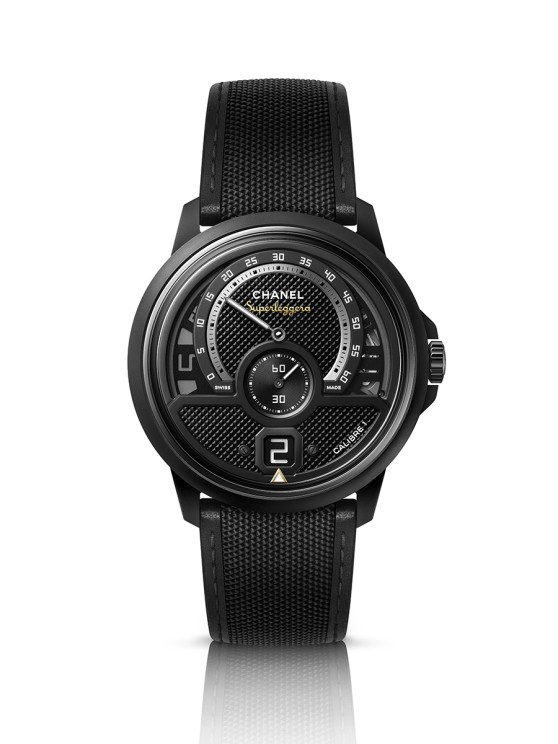
Lateral
This original watch is reminiscent of a 1970s car radiator grille whose bonnet, made from sapphire crystal, reveals the movement on the top of the case rather than the back. The hours and minutes are moved to the side of the case, hence the term “lateral display”. Due to the obvious space constraints, the time is displayed not on traditional hands but by Arabic numerals, with hours and minutes in two separate windows. The hours, on the left, jump every 60 minutes while the minutes, on the right, trail.
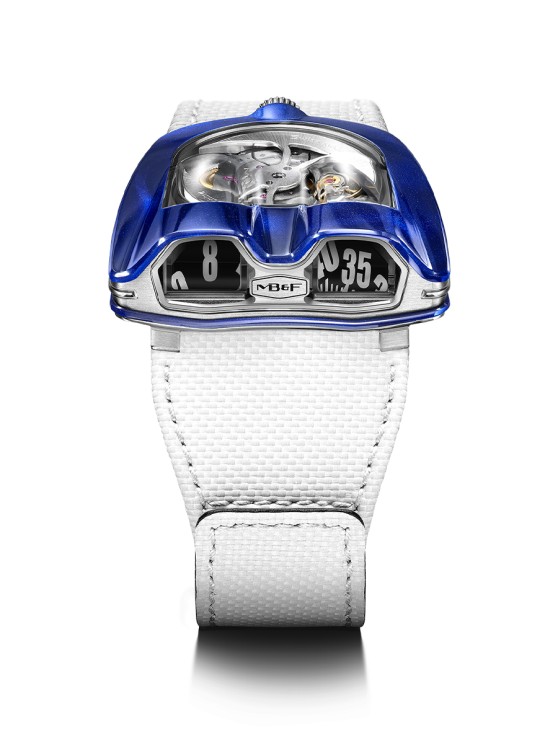
Separate
In the past, regulators were reference clocks renowned for their extreme precision and readability. The hour, minute and second hands are thus separated, rotating on different axes to avoid touching each other and eliminate the risk of friction. Because they do not overlap, they offer better readability. Today’s regulators, inspired by these technical instruments, generally feature off-centre hours, central minutes and seconds at 6 o’clock.
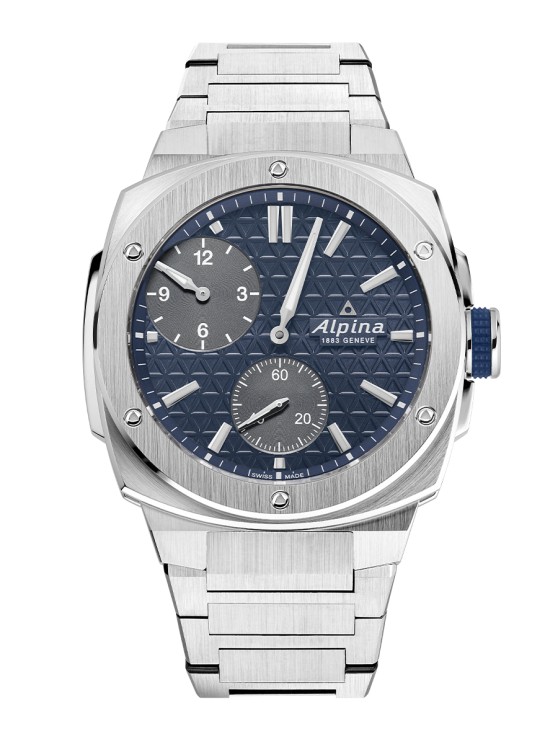
Off-centre
At A. Lange & Söhne, in the interests of readability and rigour, no display is ever superimposed on another, even in the case of a grand complication. In order to comply with this house rule, the hour and minute display on this Perpetual Calendar is shifted to the right, in a position referred to as “off-centre”. This stylistic effect increases the space available for the other indications: days, months, date, seconds and moon phases.
